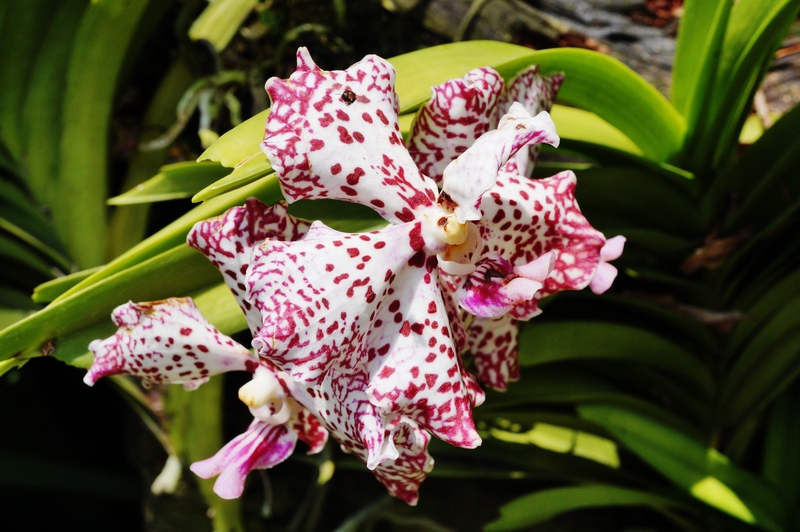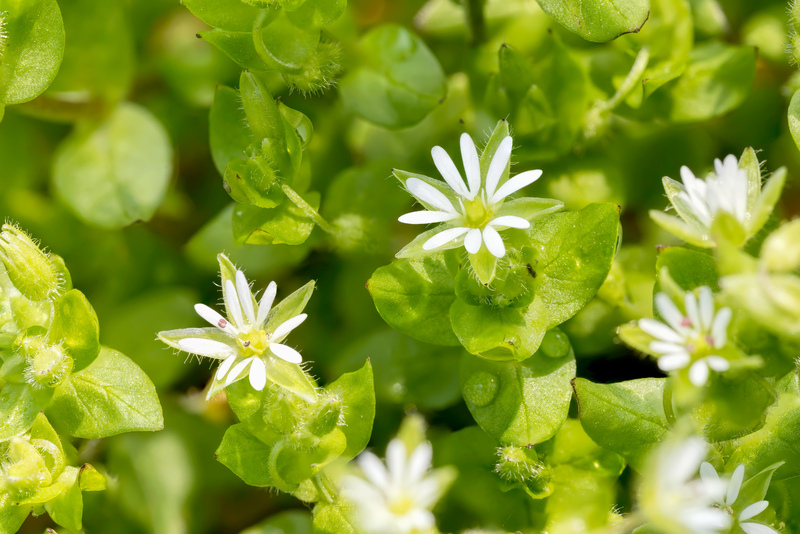Gardener's Guide: 3 Best Tips to Keep Your Garden Weed-Free
Posted on 22/08/2025
Gardener's Guide: 3 Best Tips to Keep Your Garden Weed-Free
Weeds are one of the most persistent challenges for gardeners, threatening the beauty and health of flower beds, vegetable patches, and lawns. Not only do unwanted plants compete for water, sunlight, and nutrients, but they can also harbor pests and diseases, making them a real nuisance in any outdoor space. If you want to maintain a lush, vibrant, and healthy garden, effective weed control is a must.
In this comprehensive Gardener's Guide, we'll walk you through the three most effective and sustainable tips to keep your garden weed-free. Whether you are a beginner or a seasoned gardener, these secret weapons will help you achieve a landscape that thrives--without the presence of pesky weeds. Read on to discover the best methods to maintain a clean and attractive garden all year round!

Understanding Why Garden Weeds are a Problem
Before diving into the best strategies, it's important to recognize why controlling weeds is so essential in any successful gardening endeavor:
- Competition: Weeds steal vital resources such as water, nutrients, and light from your plants.
- Disease and Pest Hosts: Many weeds host insects and pathogens, increasing the risk of infestation.
- Unsightly Appearance: Even the healthiest blooms look less appealing when surrounded by weedy patches.
- Seed Proliferation: Left unchecked, weeds multiply rapidly, making future control more difficult.
Tackling weeds at the root cause is by far the smartest solution--prevention is always easier than cure.
Tip #1: Mulch Like a Pro to Block Weeds
Mulching your garden beds is among the most powerful and eco-friendly ways to keep your garden weed-free. Mulch acts as a physical barrier that prevents sunlight from reaching weed seeds and seedlings, dramatically reducing their ability to sprout and grow.
Types of Mulch for Effective Weed Control
- Organic Mulches: Wood chips, straw, shredded bark, compost, and grass clippings. These not only suppress weeds but also add nutrients to the soil as they decompose.
- Inorganic Mulches: Black plastic, landscape fabric, pebbles, or gravel. Durable and effective for pathways or around permanent plantings.
How to Mulch Your Garden for Best Results
- Start with a clean bed: Before mulching, always remove existing weeds and their roots to prevent them growing up through your mulch layer.
- Lay the mulch thickly: Apply a 2-4 inch layer of mulch around plants, leaving a small gap around stems to prevent rot.
- Renew mulch regularly: Organic mulches will break down over time and need to be topped off once or twice per year for maximum weed-blocking power.
Pro tip: Use cardboard or newspaper beneath your mulch for extra weed suppression--it will block light even more effectively, then decompose naturally.
Tip #2: Cultivate Healthy Soil and Dense Plantings
Another of the best ways to keep your garden weed-free is by prioritizing soil health and smart plant arrangements. Weeds take advantage of bare, disturbed, and nutrient-poor soils. By nurturing your soil and keeping it covered with strong, vigorous plants, you'll dramatically reduce weed invasion.
Build Soil Health to Outcompete Weeds
- Add organic matter regularly: Compost, worm castings, and well-rotted manure encourage the growth of healthy, competitive plants.
- Avoid over-tilling: Excess tillage brings dormant weed seeds to the surface. Only cultivate when necessary.
- Maintain ideal moisture and pH: Plants grow best in the right conditions, which helps them outpace weeds.
Smart Planting Techniques to Shade Out Weeds
- Close Spacing: Plant ground covers or let flowers and vegetables fill out beds, shading the soil so weed seeds can't germinate.
- Interplanting: Mix varieties together for a lush and diverse garden--this creates a living mulch effect.
- Use Cover Crops: In offseason or fallow areas, grow fast-growing cover crops like clover or buckwheat to smother weeds and enrich the soil.
Healthy soil and full plant canopies make your garden naturally resistant to weed infestation!
Tip #3: Hand Weed Early, Often, and Correctly
While mulch and smart planting largely prevent problems, some weeds will inevitably sneak in. The key is to address them while they are young and manageable. Hand weeding is an old-fashioned but incredibly effective way to keep your garden free of invasive plants.
Master the Art of Timely Weeding
- Weed Weekly: Frequent, light weeding is easier and more effective than letting weeds mature and go to seed.
- Pull After Watering or Rain: Moist soil allows you to extract the entire root system, preventing regrowth.
- Use Quality Tools: A hand fork, weeding knife, or hoe can target even stubborn taproots with less disturbance to your plants.
- Dispose Properly: Don't leave pulled weeds on soil--they may re-root. Compost only if they're not seeding or invasive.
Spot and Remove Weeds Before They Spread
- Scout regularly: Make weeding a part of your weekly routine, especially during warm, wet seasons.
- Target Weeds in Flower: Remove before they set seed to prevent future generations. One dandelion can produce thousands of seeds!
- Cultivate Edges: Don't overlook borders and fence lines--these are easy entry points for invasive plants.
Hand weeding may require some effort up front, but it saves countless hours down the line and keeps your garden pristine.
Bonus Tips: Sustainable and Organic Weed Control Tricks
In addition to the three primary strategies for a weed-free garden, here are a few extra secrets for success:
- Boiling Water: Pour directly onto weeds in cracks or paths--safe and chemical-free.
- Vinegar Spray: An option for isolated pests, but be careful--it can harm desirable plants.
- Flame Weeding: Quick, effective, but should only be used with caution on fire-safe surfaces.
Top 10 Mistakes to Avoid in Weed Management
- Letting weeds go to seed--it creates more work later.
- Using contaminated compost filled with weed seeds.
- Disturbing soil unnecessarily.
- Sparse mulching--thin layers don't block weeds.
- Neglecting edges and paths.
- Poor plant spacing.
- Ignoring perennial weeds that regrow from roots.
- Leaving pulled weeds on beds.
- Overwatering bare patches (encourages weed germination).
- Applying herbicides indiscriminately (which can also harm your plants and soil health).

Frequently Asked Questions: Keeping Your Garden Weed-Free
How often should I check my garden for weeds?
Ideally, you should scout your garden at least once a week, especially during the spring and rainy seasons when weeds grow fastest. Regular monitoring stops early infestations from spreading.
Is landscaping fabric or plastic better for weed suppression?
Both are effective for long-term weed control, especially in perennial beds and paths. However, fabric allows for some water and air movement, making it better for garden beds. Plastic is best reserved for walkways or around deeply mulched shrubs.
Can I ever be completely weed-free?
While achieving 100% weed-free gardening is challenging, consistent effort and these proven methods will reduce weeds to a manageable, minimal level--keeping your garden healthy, beautiful, and productive.
Conclusion: Win the War on Weeds with These Gardener's Tips
Every expert gardener understands that maintaining a weed-free garden is about diligence, smart strategies, and a bit of patience. By mulching thoroughly, enriching and covering your soil, and staying on top of weeding, you'll transform your growing space into a flourishing sanctuary where desired plants take center stage.
Apply the three best tips in this Gardener's Guide:
- Mulch effectively and renew as needed
- Build healthy soils and plant densely
- Hand-weed early and remove weeds before they seed

